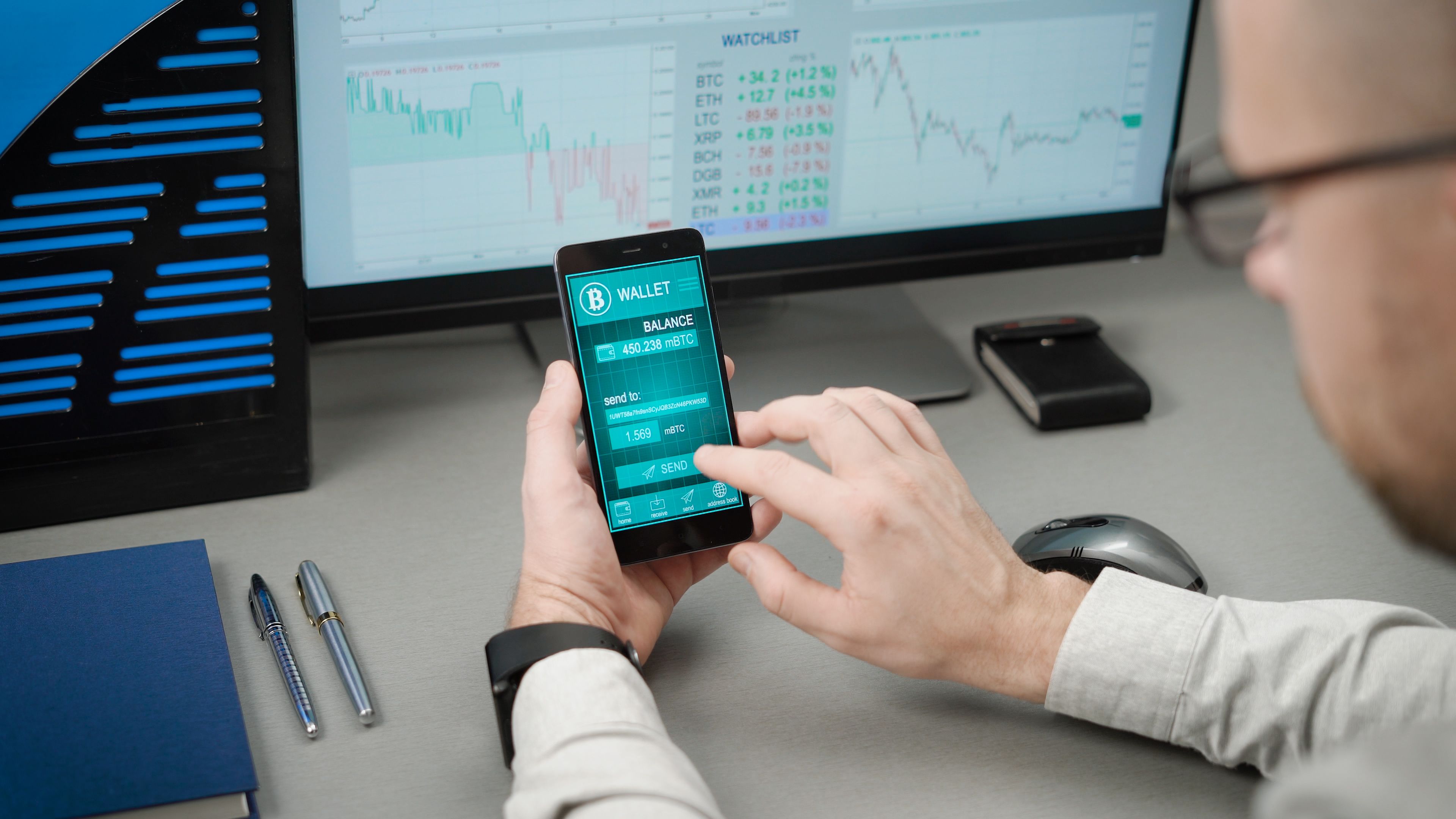Exploring Massive Token Distribution in the Crypto World
Understanding Token Distribution in Cryptocurrency
Token distribution is a critical aspect of the cryptocurrency ecosystem. It refers to how tokens or coins are allocated to different stakeholders within a blockchain network. The way these tokens are distributed can significantly impact the growth and success of a cryptocurrency project. Understanding the intricacies of token distribution can help investors and developers make informed decisions.
In the crypto world, token distribution can occur through various methods, including initial coin offerings (ICOs), airdrops, and mining. Each method has its advantages and disadvantages, which can influence the overall health of a blockchain network. Analyzing these methods provides insight into how projects aim to achieve decentralization and maintain network security.

The Role of Initial Coin Offerings (ICOs)
ICOs have been one of the most popular methods for distributing tokens since the early days of cryptocurrency. In an ICO, a project sells a portion of its tokens to early investors in exchange for capital. This approach not only provides funding but also helps to create a community of early adopters who are invested in the project's success.
Despite their popularity, ICOs are not without risks. Regulatory uncertainty and the potential for fraud have led some investors to approach ICOs with caution. However, when conducted transparently and ethically, ICOs can be an effective way to kickstart a new cryptocurrency project.
Exploring Airdrops as a Distribution Method
Airdrops involve distributing free tokens to a large number of wallet addresses. This method is often used as a marketing strategy to increase awareness and adoption of a cryptocurrency. Airdrops can help achieve a more decentralized distribution by spreading tokens among a wider audience.
While airdrops can be effective in generating interest, they may not always lead to long-term engagement with the project. Some recipients may sell their tokens immediately, leading to short-term price volatility. To mitigate this, projects often require recipients to perform specific actions, such as following social media channels, to qualify for the airdrop.

The Impact of Mining on Token Distribution
Mining plays a crucial role in token distribution for proof-of-work (PoW) cryptocurrencies like Bitcoin. In this model, miners compete to solve complex mathematical problems to validate transactions and add them to the blockchain. Successful miners are rewarded with new tokens, which incentivizes network security and decentralization.
The mining process ensures that tokens are distributed gradually over time, aligning with the natural expansion of the network. However, it also requires significant computational resources and energy consumption, raising concerns about environmental impact. Innovations like proof-of-stake (PoS) aim to address these issues while maintaining fair token distribution.
Balancing Distribution for Network Health
A well-planned token distribution strategy is essential for the long-term health of a blockchain network. It must strike a balance between rewarding early adopters and ensuring adequate decentralization. Projects often allocate tokens for various purposes, including team incentives, marketing, partnerships, and ecosystem development.
Ultimately, transparent and fair token distribution practices build trust within the community and attract more participants to the network. By continuously refining distribution methods and adapting to changing market conditions, cryptocurrency projects can enhance their prospects for success.

